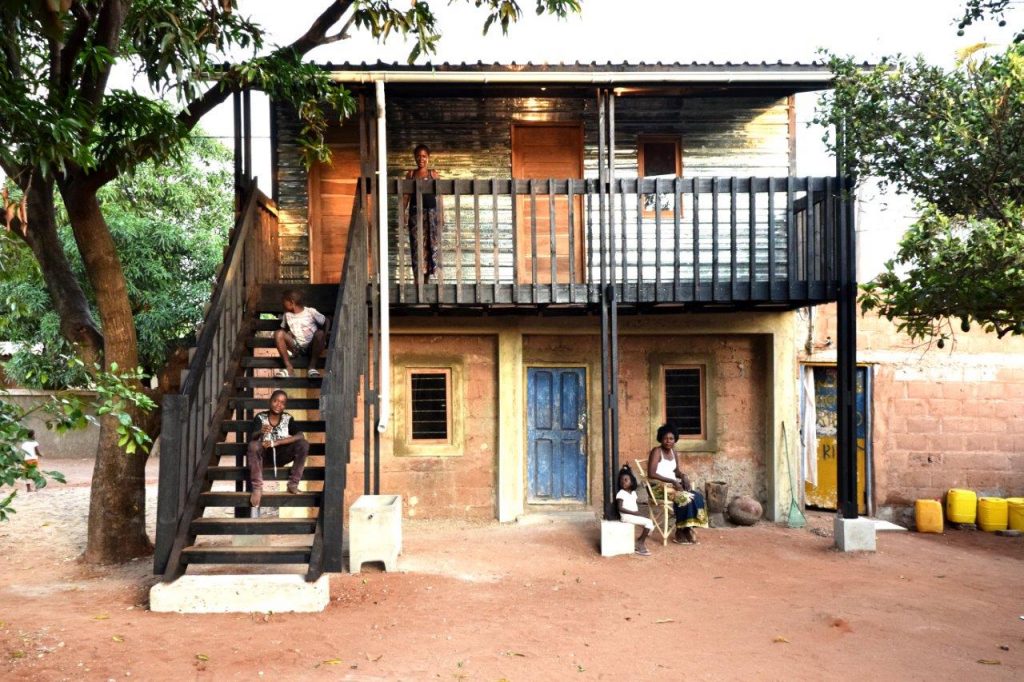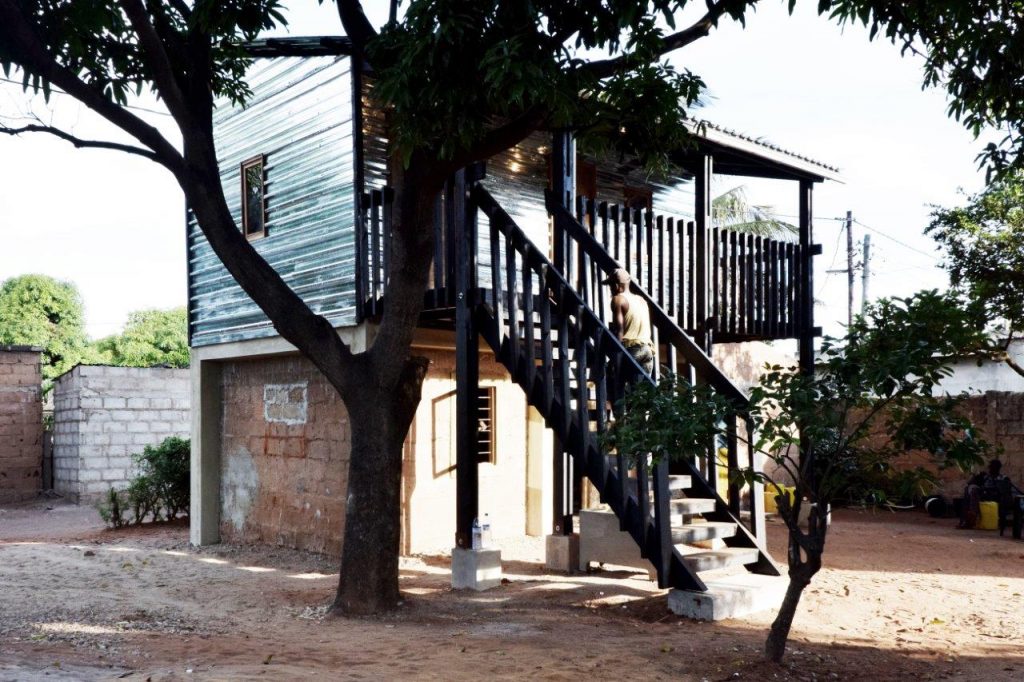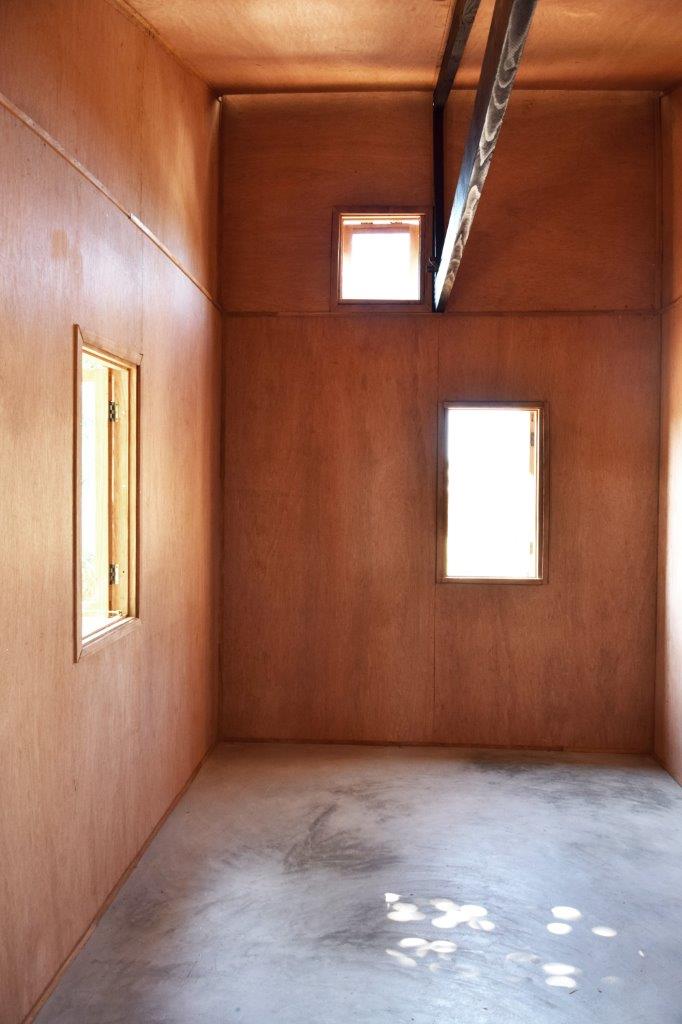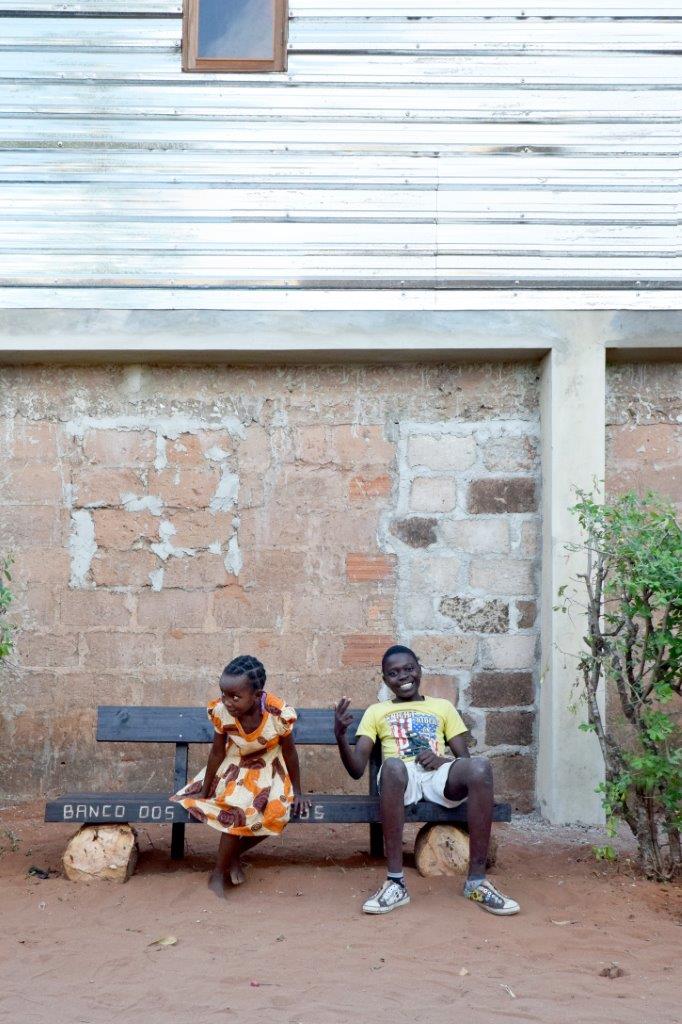

Casas Melhoradas is an applied research project on housing for low income groups in the informal settlements of Maputo, Mozambique with a three-fold focus: 1) developing alternative construction methods to improve the quality and decrease the cost of housing; 2) developing housing typologies that utilize space and infrastructure more economically to initiate a more sustainable urban development; 3) engaging in construction of affordable rental housing through public and private partnerships to scale up the impact of the project.
The project develops semi-industrial building component production, and is experimenting with prefabricated element construction, produced locally in Maputo’s informal settlements, based on the local capacities. Thereby the project seeks to limit the waste of resources, reduce the price, reduce the time of the construction process and improve the quality of housing.
The project develops multi-story housing typologies, rooted in the local socio-economic and cultural conditions, seeking to utilize space more efficiently, in order to contain the urban sprawl and use the infrastructure more economically. Thereby, the project seeks to facilitate the development of more compact urban environments in the informal settlements and make future infrastructure investments more cost-effective. On this background, the project seeks to improve mobility, improve the access to infrastructure and economize space.
The developed housing models, building techniques and production methods are tested in full scale in collaboration with local builders, through construction of test houses and are subsequently evaluated to identify the most appropriate solutions for low-income groups in Maputo.
Phase 3 was built in 2016 and consists of a vertical addition to an old house in proximity to the city center, in an informal settlement in the Polana Caniço neighborhood. The project demonstrates how existing buildings can be transformed to meet the need to build more dense. An additional concrete structure was added to the old house supporting the new first floor timber construction. Like in phase 2 the project was constructed with locally produced timber elements and the vigotas e abobadilhas technology for the concrete slab. New windows were added to the old ground floor, improving the indoor climate. A deep access gallery oriented towards the private outdoor areas give access to the two new housing units and works as a covered porch, which provide shade from the sun and shelter from the rain.
The project was carried out in collaboration with KADK – The Royal Danish Academy of Fine Arts Schools of Architecture, Design and Conservation and Architects without Borders – Denmark.





